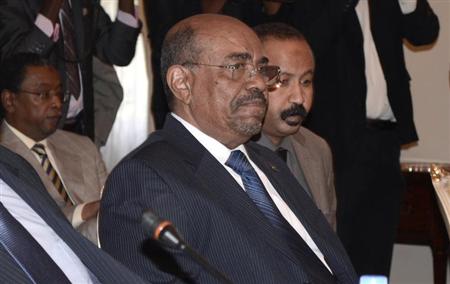
The conflict in Blue Nile started in September 2011, a few months after neighboring South Sudan seceded under a 2005 peace deal that ended decades of civil war.
Rebels in Blue Nile and South Kordofan,
another Sudanese border state, fought as part of the southern rebel
army during that war, but were left on the Sudanese side of the border
after partition.
Hundreds of thousands of people have fled their homes because of the fighting since 2011.On Monday, Sudanese state media reported the armed forces had taken the Muffa area in Blue Nile and "expelled the remnants of the rebels," who had been backed by tanks and artillery.
The army killed 66 rebels, it said, quoting the armed forces spokesman al-Sawarmi Khalid. The armed forces suffered a "small number" of casualties, it said, without giving details.
The rebels, known as the SPLM-North, said the Sudanese armed forces and allied militia had started a "military dry season campaign" on February 14 in a heavily populated area at Muffa.
It said the fighting had forced thousands of civilians to flee toward Ethiopia and South Sudan.
Events in the two states are difficult to verify
independently because of government restrictions on media, and the two
sides often give conflicting versions of the fighting.Some 2 million people died in Sudan's north-south civil war, which ended in 2005 with the peace deal that paved the way for South Sudan's independence.
Khartoum accuses Juba of continuing to back the rebels in Blue Nile and South Kordofan. South Sudan denies the accusation.

No comments:
Post a Comment